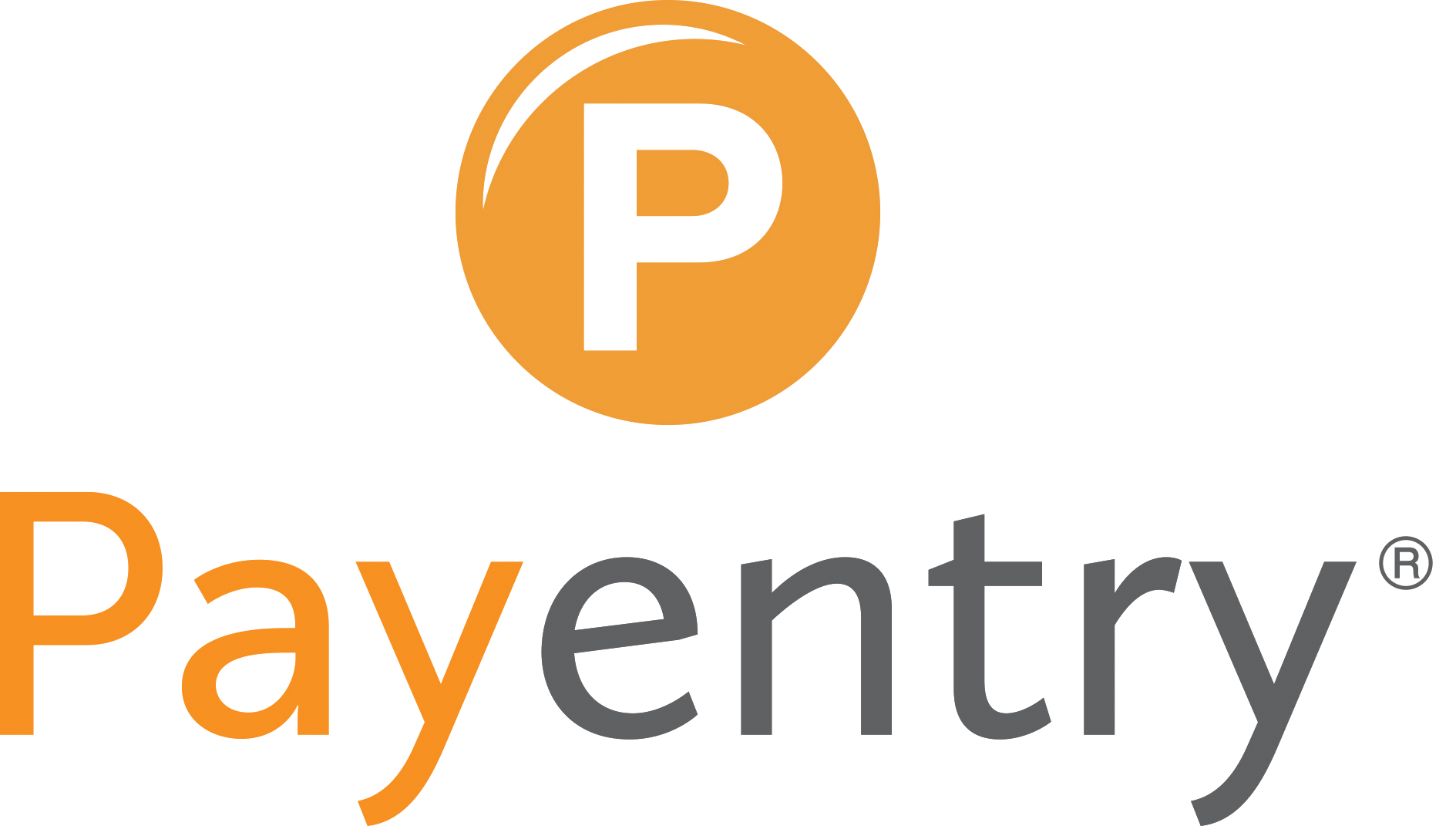
Communication & Transparency in the Workplace: Building a Healthy Company Culture
by Rica Japlit, HR Generalist
In today’s fast-paced work environment, fostering a healthy company culture is more important than ever. At the core of any thriving workplace culture lies effective communication and transparency. These two elements are not just buzzwords; they are foundational to building trust, enhancing collaboration, and driving overall business success. In this blog, I’ll explore the significance of communication and transparency in the workplace and how they contribute to a healthy company culture.
- The Role of Communication in a Healthy Workplace
Communication is the lifeblood of any organization. It’s how information flows, ideas are shared, and relationships are built. In a healthy workplace, open and effective communication ensures that everyone is on the same page, reducing misunderstandings and fostering a sense of community.
Why It Matters:
- Enhances Collaboration: When employees feel comfortable sharing their thoughts and ideas, collaboration flourishes. Teams can work together more effectively, leveraging diverse perspectives to solve problems and innovate.
- Boosts Engagement: Clear communication helps employees understand their roles, goals, and how their work contributes to the company’s success. This sense of purpose boosts engagement and motivation.
- Reduces Conflict: Many workplace conflicts arise from miscommunication or a lack of communication. By promoting open dialogue, you can address issues before they escalate, creating a more harmonious work environment.
Tips for Improving Communication:
- Encourage Open Dialogue: Create an environment where employees feel safe to voice their opinions and concerns. Regular team meetings, one-on-one check-ins, and open-door policies can help.
- Use Multiple Channels: Different employees may prefer different communication methods. Use a mix of emails, team chats, face-to-face meetings, and video calls to ensure everyone stays informed.
- Provide Feedback: Regular feedback, both positive and constructive, helps employees grow and stay aligned with company goals. Make feedback a two-way street, encouraging employees to share their thoughts as well.
- The Power of Transparency in Building Trust
Transparency is closely tied to communication, but it goes a step further. It’s about being open and honest with employees about the company’s goals, challenges, and decision-making processes. When leaders are transparent, they build trust with their teams, which is essential for a healthy company culture.
Why It Matters:
- Builds Trust: Employees are more likely to trust leaders who are open about the company’s direction and challenges. This trust leads to higher levels of loyalty and job satisfaction.
- Empowers Employees: When employees have access to information about the company’s performance and goals, they feel more empowered to contribute to its success. Transparency helps them see how their work fits into the bigger picture.
- Encourages Accountability: Transparency fosters a culture of accountability, where everyone is responsible for their actions and contributions. This accountability is key to maintaining a high-performance culture.
Tips for Fostering Transparency:
- Share Company Goals and Performance: Regularly update employees on the company’s goals, performance, and any challenges it faces. Town hall meetings, newsletters, and internal reports can be effective tools.
- Be Honest About Challenges: Don’t shy away from discussing difficult topics or challenges the company is facing. Employees appreciate honesty and are more likely to rally together to find solutions.
- Involve Employees in Decision-Making: Where possible, involve employees in decision-making processes. This not only increases transparency but also gives employees a sense of ownership and involvement in the company’s direction.
- The Impact of Communication and Transparency on Company Culture
A company culture rooted in communication and transparency is one where employees feel valued, informed, and connected to the organization’s mission. This type of culture leads to higher levels of employee engagement, reduced turnover, and a more positive work environment.
Key Benefits:
- Improved Employee Morale: When employees are kept in the loop and feel their voices are heard, morale improves. They are more likely to feel satisfied with their jobs and committed to the company’s success.
- Stronger Team Cohesion: Transparency and communication foster a sense of unity and teamwork. Employees who understand the company’s goals and challenges are more likely to work together to achieve them.
- Greater Innovation: A culture of open communication encourages the free flow of ideas, leading to greater innovation. Employees who feel their ideas are valued are more likely to contribute creative solutions.
Building a healthy company culture is an ongoing effort that requires a commitment to communication and transparency. By fostering these elements in your workplace, you create an environment where employees feel valued, trusted, and motivated to contribute to the company’s success. Remember, a healthy company culture is not just good for employees—it’s good for business.
If you’re looking to enhance communication and transparency in your organization, our payroll and HR services can help. Contact us today at 888.632.2940 to learn how we can support your efforts to build a thriving workplace culture.
*Payentry, an MPAY Company (Company), is not a law firm. This article is intended for informational purposes only and should not be relied upon in reaching a conclusion in a particular area of law. Applicability of the legal principles discussed may differ substantially in individual situations. Receipt of this or any other Company materials does not create an attorney-client relationship. The Company is not responsible for any inadvertent errors that may occur in the publishing process.

